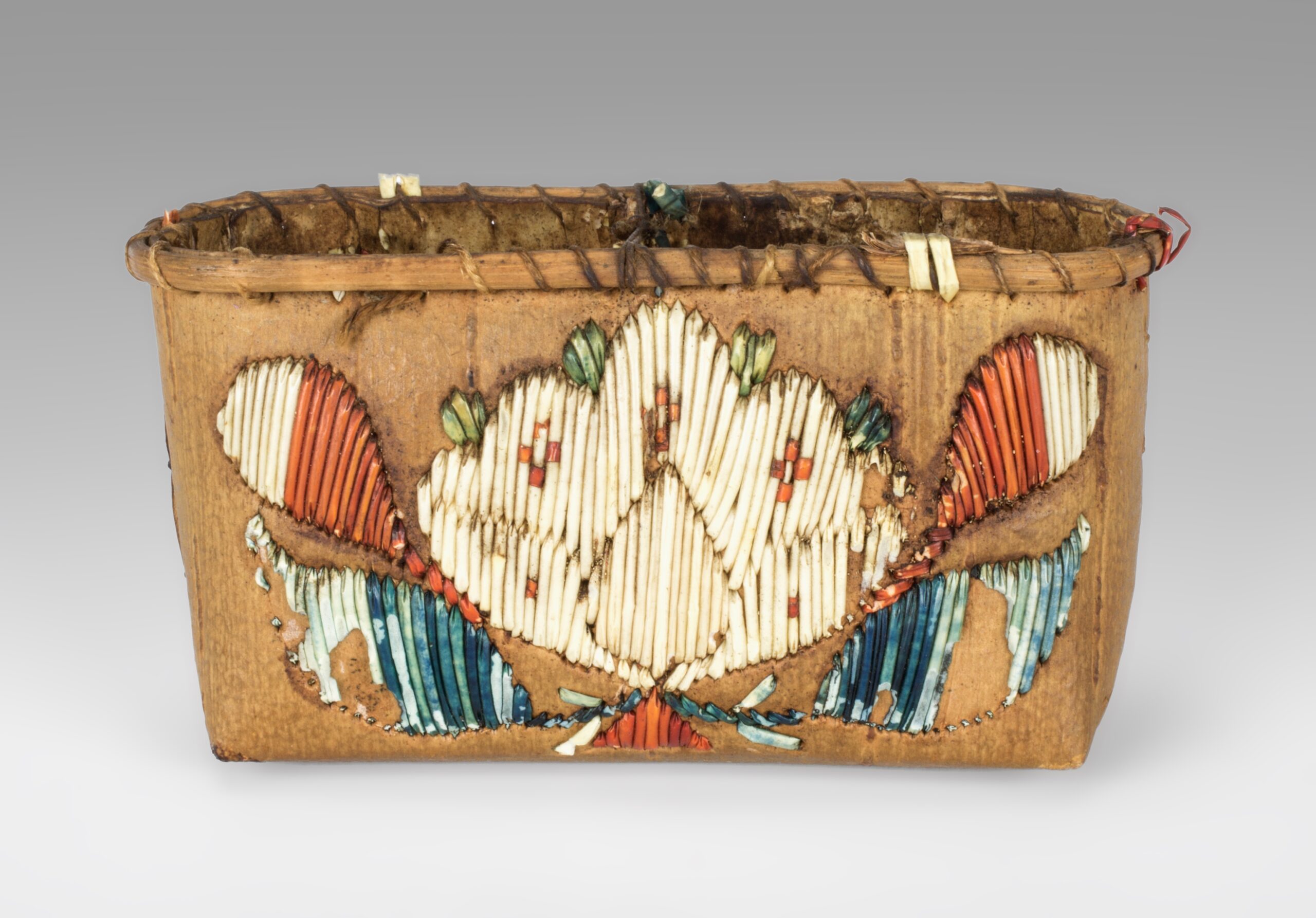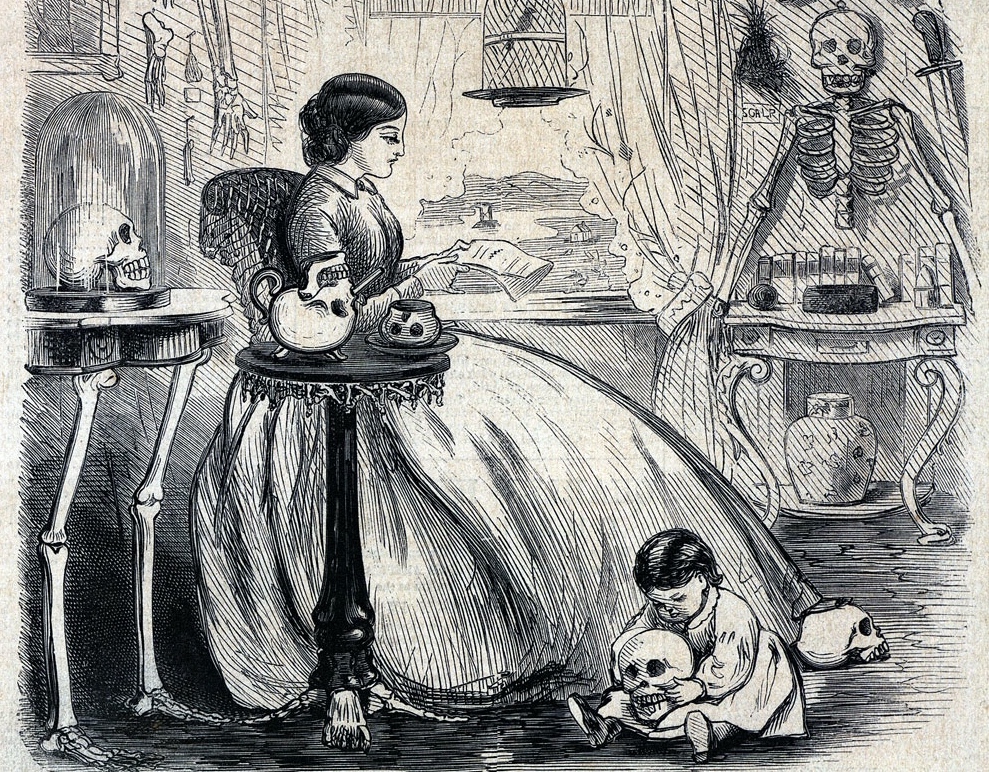In 1685, John Wilkes, a Birmingham locksmith, made a stunning brass and steel lock whose decorative front artfully erases and enlarges its insensate materiality. Housed in the London Victoria and Albert Museum, this 6-by-4.5 inch example of high-end seventeenth-century English locksmithery swells the mechanics of a keyhole to exuberant postcard-size grandeur. It now opens up to a good long look thanks to the V&A’s online exhibition. There too, you can watch an additional video that showcases the device’s nifty mechanisms. Neither mere object nor quite subject, Wilkes’s artifact challenges the notion of keys and locks as mute matter. Patrolling next to the knob, an English cavalier in high relief sports a tight doublet, wide knee-length breeches, and some dramatic heels; he is both literal and symbolic key. A gentle nudge at the brim of his hat triggers a quick lockdown easily reversed by the same movement plus a turning of the knob. Full shutdown requires insertion of the key into a secret keyhole, hidden by the cavalier’s surprisingly flexible left leg. Every turn of the key makes the cavalier’s pointer hop a unit ahead on the round, numbered dial and record how many times the lock has been opened. Hovering in front of this spry custodian, a querulous it-narrative (that curious genre that makes objects such as coins, lapdogs, coats or corkscrews into subjects of first-person narratives) waxes in parodistic and versed animation: “If I had ye gift of tongue, I would declare & do no wrong, who ye are ye com by stealth, to impare my Masters welth.” Protesting a lack of communicative powers, the soliloquy pits objects and subjects as competitors and dramatizes the slippery mutualities of property, the ways ownership reconceives objects into belongings and people into proprietors. The ingenious device also focuses attention on the delicious satisfaction seventeenth-century people located in the material world and in gatekeeping specifically.
In a time when old-fashioned keys are under erasure and remote keyless systems the Keyser Soze of electronic locksmithery, Wilkes’s dashing artifact registers the forgotten social prestige and power locks and keys once held. It also reminds us that material objects not only ordered English and early American outside worlds but served as cognitive furniture to remote inner worlds as well. Mary Douglas already knew “all margins are dangerous,” but gatekeeping matters as much for material as for spiritual possessions. Keys are border-phenomenon that split the world into a within and a without and, in the seventeenth century, record a surprisingly tight fit between subject and object. In fact, many literary Keys were handed to readers on both sides of the Atlantic. For early America, think about Roger Williams’s first Native American dictionary, A Key into the Language of America (1643) and John Cotton’s The Keyes of the Kingdom of Heaven (1644). Unconcerned with the promissory potential of keys that open spiritual knowledge, Cotton and Williams exploit the ambiguous powers locked in the suggestive position of key-holder itself. Like Wilkes’s wayward cavalier, neither entirely subservient object nor fully empowered subject, sometimes antagonists Cotton and Williams position themselves as unassuming holders of keys, at once self-effacing instruments of a higher truth and exalted voices of authority. The agenda of Cotton’s The Keyes is to grant autonomy to each individual Congregationalist church. The solution? St. Peter’s pair of keys, traditionally one silver and one gold, mushroom into infinity alongside Cotton’s explanation that Jesus distributed “the whole power of the keys to all the apostles as well as to Peter.” Likewise, Roger Williams’s keys are fruitful and multiply. Even if his dictionary’s title speaks in the singular, A Key, Williams is quick to add that “a little Key may open a Box, where lies a bunch of Keyes.” Laying bare an infinite regress of unlockings, Williams voices his radical skepticism about human ability to know and authorize church authority. On this point Williams was relentless, for the living doors to heaven were firmly shut. Keys lead to other keys, further questions, and figures of interpretative impotence emptily circling back unto themselves.
If Puritan keys feel uncomfortably morose, skip to the Mount Vernon website. In George Washington’s central hall, you find the key to the Bastille in a glass case sent by the Marquis de Lafayette to Washington after the French Revolution as “a Missionary of liberty to its patriarch.” Or order a “key-to-the-Bastille” silk tie from the online gift shop and become yourself gatekeeper of such a fine key to freedom and liberty. All this does not sound very ill, to channel Montaigne’s ominous ending in “Of Cannibals,” if only the keys on that tie wouldn’t so alarmingly multiply.
Further Reading
Though Wilkes’s detector lock is part of the V&A’s British Galleries, their decorative and fine art objects are as much early American as they are English (sorry, Brits, horses for courses). Dividing lines here have more to do with modern national imperatives and the whimsies of periodization than with historical facts. All the more reason for early Americanists to plunder the breathtaking V&A collections of over a million objects. After all, the archives are searchable online and additional well-curated period sites provide information, for example, on seventeenth-century design styles, costume, and theatre history.
The best sources on seventeenth-century keys and their material logic and mechanic histories are a bit grizzled but still relevant: Albert A. Hopkins, The Lure of the Lock (New York, 1928), Vincent J. M. Eras, Locks and Keys Throughout the Ages (Whitstable, 1974) and H. H. Mullner, The Decorative Arts in England, 1660-1780 (London, 1923). The latter discusses an almost identical Wilkes’s detector lock (Fig. 156). Another location to study Wilkes’s distinctive locksmithery is the Rijksmuseum in Amsterdam, which also houses a look-alike sans inscription. For those keen on digging deeper into the recalcitrant reflexivity of it-narratives, strong discussions of the genre appear in The Secret Life of Things, ed. Mark Blackwell (Lewisburg, 2007) and Jonathan Lamb, The Things Things Say (Princeton, 2011). My Mary Douglas quote is of course from Purity and Danger (New York, 1966), her brilliant analysis of concepts of pollution and taboo.
For English examples of literary keys, see William Sclater’s A Key to the Key of Scripture (1617), Richard Bernard’s A Key of Knowledge for the Opening of the Secret Mysteries of St Iohns Mysticall Revelation (1617), and Daniel Featley’s Clavis Mystica: A Key Opening Divers Difficult and Mysterious Texts of Holy Scripture (1636). Thomas Huntington and William Nealand provide advice about slightly different “spirits” in The Distiller of London, with the Clavis to Unlock the Deepest Secrets of that Mysterious Art (1652).
This article originally appeared in issue 17.3 (Spring, 2017).
Steffi Dippold has a thing for thinking with things about early America. In 2012, Steffi received her PhD from Stanford University. She is assistant professor at Kansas State University, where she teaches courses on early and Native American literatures, material culture, and book history.





























